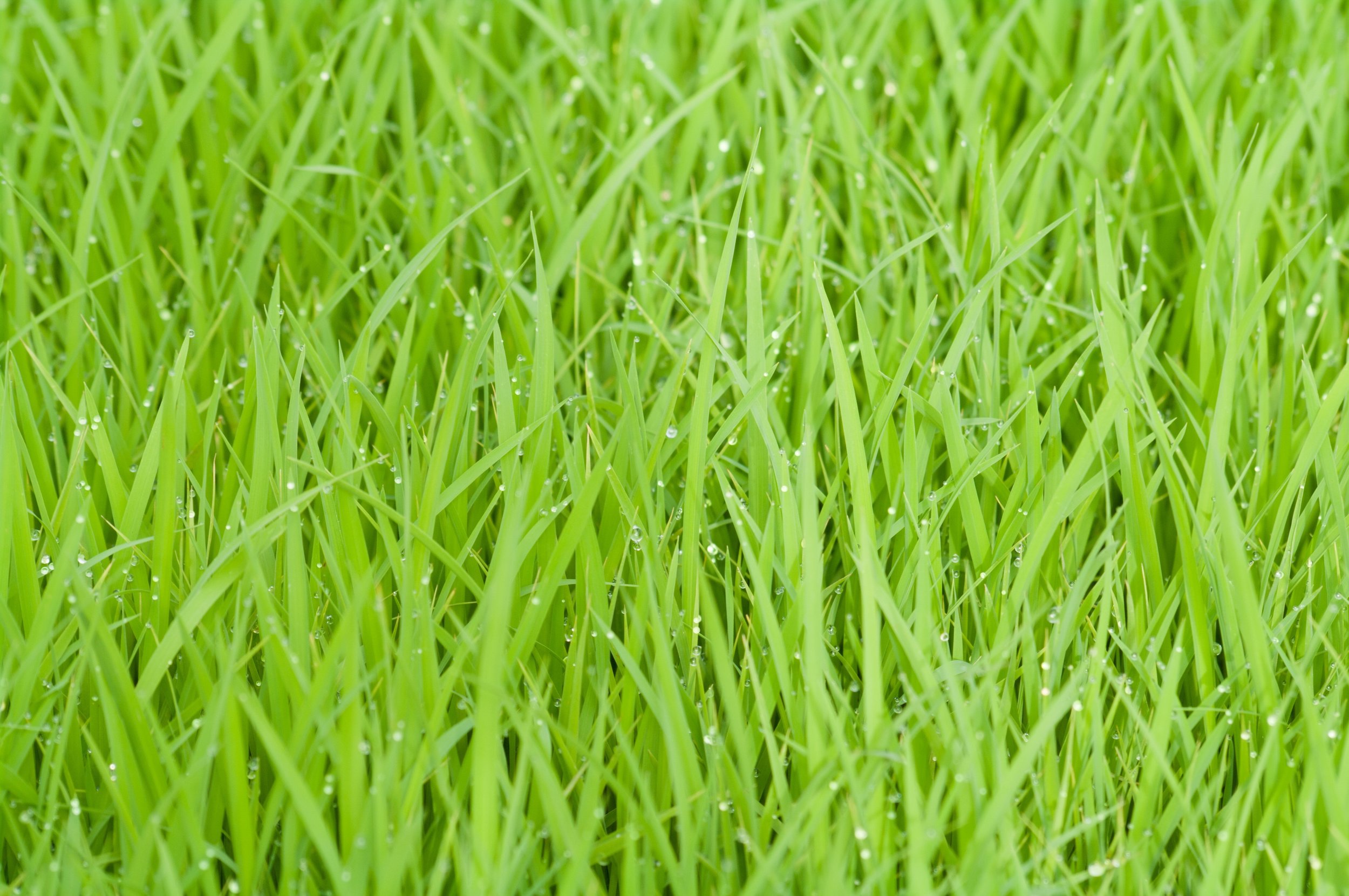Thermoplastic from grass fibre
A German company has developed an innovative fibre-reinforced thermoplastic for injection moulding and extrusion. The input material (granules) contain up to 75% cellulose from meadow grass. Grass can be used to produce fibre and other bio-based products as a raw and recycling material (plastics, biomass) . The goal is to substitute conventional thermoplastic based on crude oil and to use raw materials as efficiently as possible.
Farmers that cultivate the grass regional benefit of increasing profits from the sale of meadow grass as the processing company offers long-term contracts for the biomass suppliers. With growing demand of the grass fibre and other grass-based products, grass prices may rise and provide a secure income for farmers. Grass is easy to cultivate, with low input of labour, machines, and fertiliser and allowing several harvests per year. The cultivation of grass will not lead to a depletion of soils, as biomass residues from the production process are returned to the field as fertiliser. The grass fibre can be fully recycled without generating waste products or waste water. The necessary energy and heat are provided by the affiliated biogas plant, which works with the by-products and residues of the biomass. The water required for the separation of the grass fibres is reconditioned and reused in the process.

